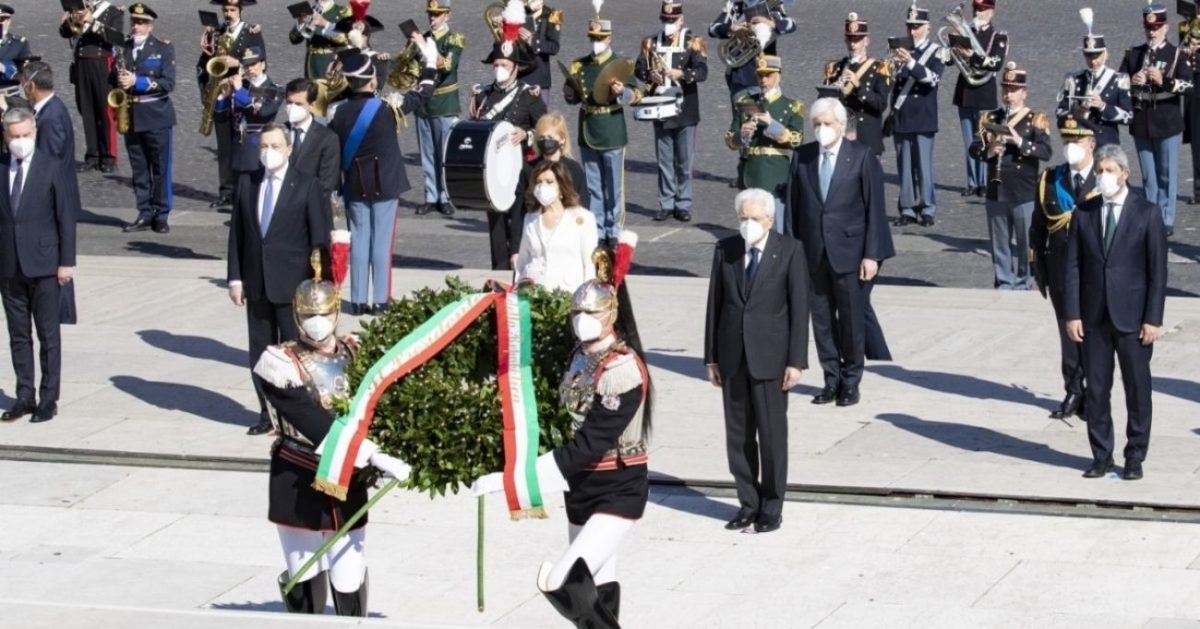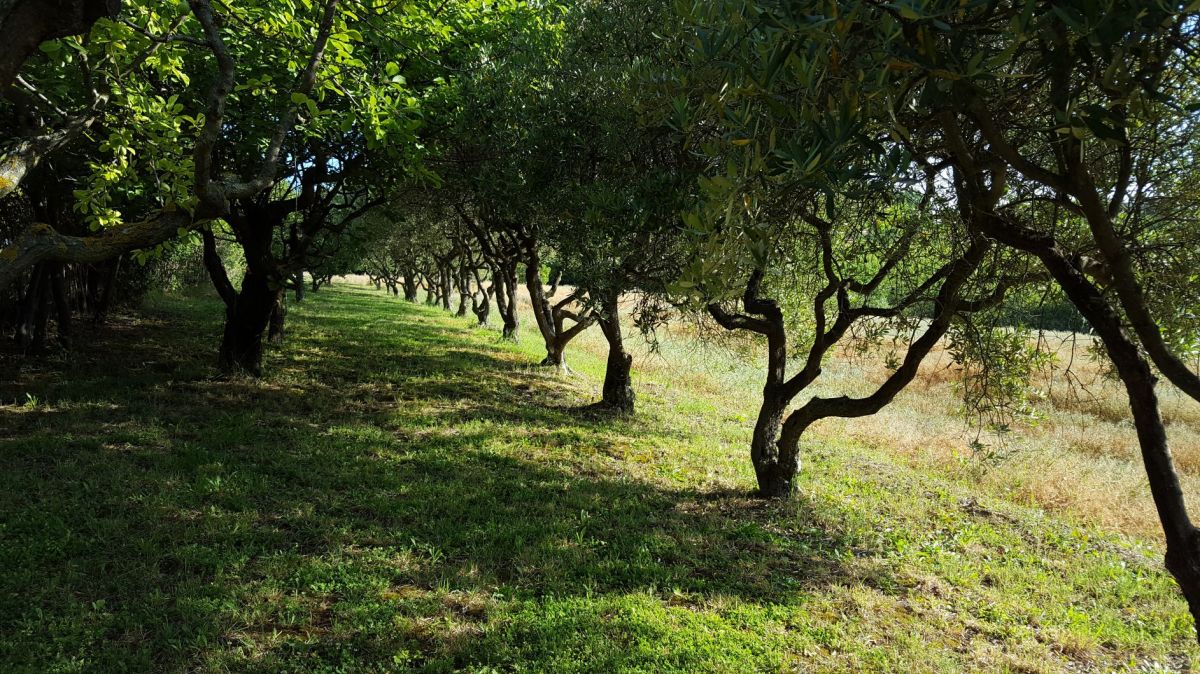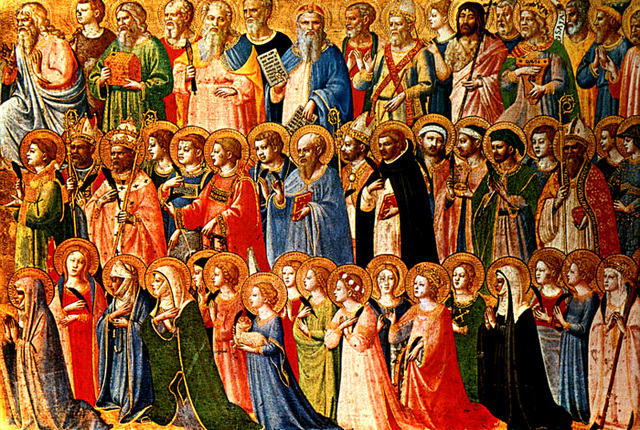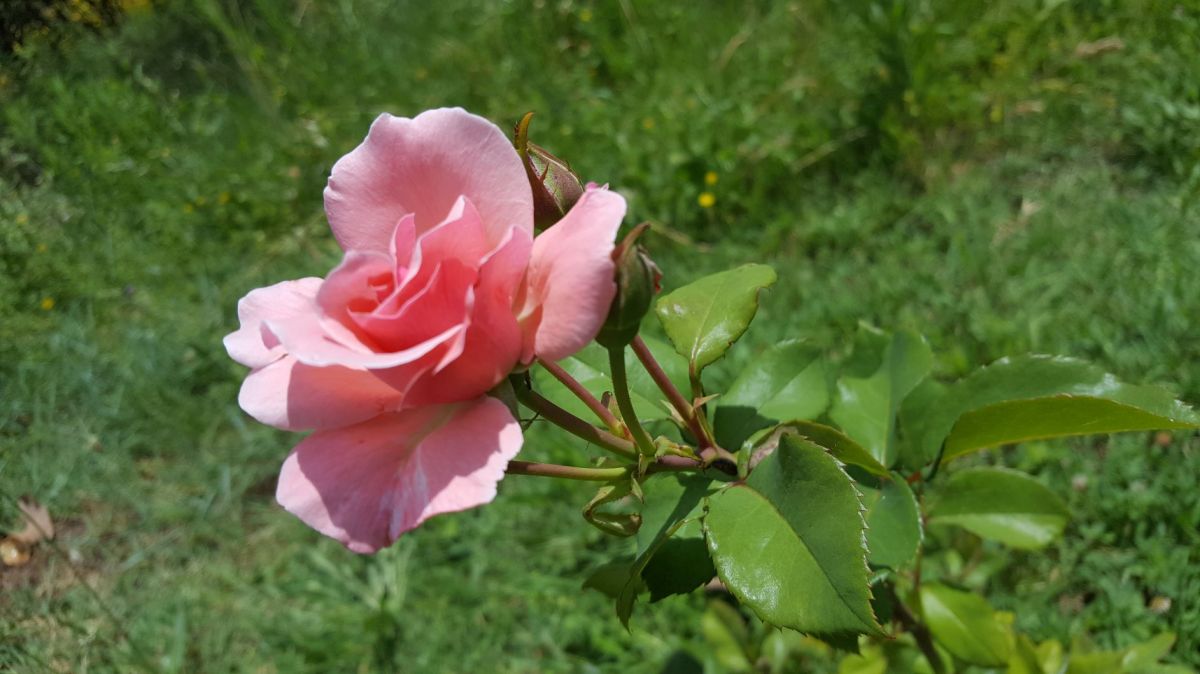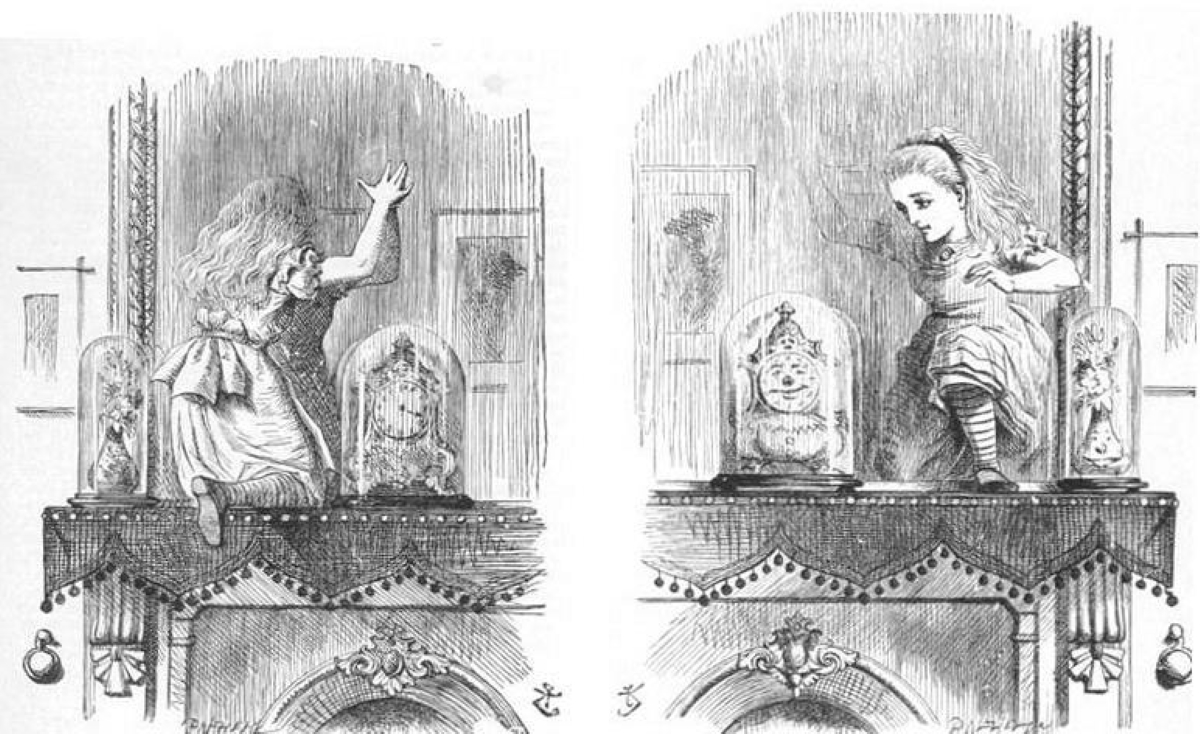The country raised a battle-weary cheer last Monday as coronavirus restrictions were eased once more in all but the worst affected areas of the country. For the preceding five weeks and with light-touch yellow zone restrictions on hold, all twenty regions had been confined to some form of lockdown in either the red or the orange zone in a concerted effort to keep a ‘third wave’ at bay. And, combined with the steady roll-out of the vaccination programme, it seems to have worked; or at least worked well enough for the government to move all but three regions into the new ‘reinforced’ yellow zone and to issue a provisional timetable for the wider riapertura (re-opening) of the country.
Among the lengthy list of new dos and don’ts the highlights for most are the re-opening in some form of all schools and colleges, the re-opening of bars and restaurants (albeit for outside dining only, and for the next few weeks only at lunchtime) and best of all, the possibility to move freely not only within one’s own region, but also between all regions in the yellow zone – something that we have not been able to do for a good six months. And the symbolism of the restoration of these freedoms on the day after the 76th annual Liberation Day commemorations to mark the country’s liberation from the forces of fascism was lost on no one.
It was on 25th April 1945 that the pivotal cities of Milan and Turin were liberated from Nazi occupation, just six days after the partisan Comitato di Liberazione Nationale (Committee of National Liberation) proclaimed a resistance-led uprising that was quickly followed by a general strike initiated by Sandro Pertini (who later became President of the Republic). These twin initiatives were carefully timed to coincide with the Allies’ Spring Offensive, the 15th Allied Army’s multi-pronged attack into the Lombardy Plain and the culmination of their two-year-long advance up through the country from Sicily.
The partisan insurgency quickly paralysed industry in several other strategically important northern cities including Genoa, Bologna and Venice, while British and American units forced the Nazis, who for some time had been without arms or ammunition, into full retreat. Their capitulation just a week later finally brought to an end Mussolini’s twenty-three-year dictatorship as well as five years of war, which included two years of Nazi occupation, and also the civil war that had resulted from Italy’s surrender to the Allies in September 1943.
25th April 1945 was also the day on which Il Duce and his generals were sentenced to death. And just three days later Mussolini himself was shot dead after a member of a group of partisans involved in checking convoys of retreating SS lorries recognised and arrested him on the Brenner Pass as he was trying to escape to Switzerland with his mistress, Claretta Petacci. Their bodies were returned to Milan, and along with the bodies of eighteen other prominent fascists who had also been executed, were hung upside down in the Piazzale Loreto – the scene a year earlier of the public execution of fifteen partisans on the order of the head of the Gestapo in Milan in reprisal for a resistance attack on a German military convoy.
The festival was initially created by decree in 1946 “per celebrare la totale liberazione del territorio italiano”, and was enacted into law as a permanent annual national holiday in 1949. Since then, practically every town in the country has named a street via XXV Aprile in commemoration of this critical date in the history of the Republic. The day is also known as La Festa della Resistenza in recognition of the decisive role in the liberation played by the partigiani (partisans) of which there were about 250,000 by 1945. It has always been a day of mixed emotions: of celebration and commemoration, of liberation and loss. As such, it is rather like a combination of Remembrance Day solemnity and D-Day partying, complete with parades, concerts and lots of eating, drinking and making merry.
Before the partying begins, however, civic wreath-laying ceremonies are held at the memorials ‘ai caduti’ (to the fallen) that are found in practically every town and village in the country. Chief among these ceremonies is that held at the Vittoriano in the centre of Rome. This huge, flamboyant national monument, which is also known as the Altare della Patria (Altar of the Fatherland) was built in 1885 in honour of King Vittorio Emanuele II who played a central role in the country’s unification in 1861, and also houses il Sacello del Milite Ignoto (the Shrine of the Unknown Soldier) dedicated to all Italian soldiers lost in war. It is here, surrounded by military pomp and grandeur, marching bands and flags, and all rounded off with a fly-past by the Frecce Tricolori, that the President of the Republic and other senior government officials normally lay wreaths of laurel leaves in tribute to all those killed in the service of the nation.
For the second year running celebrations were muted and minimal, but still as full of defiance and hope as the partisans of earlier generations. The President of the Republic, Sergio Matarella, again cut a sombre figure in his dark suit and surgical facemask as he slowly mounted the steps of the Altare della Patria, laid his wreath to the fallen, and along with just a scattering of military and political dignitaries including Prime Minister Draghi, the presidents of the Chamber and the Senate and the Chief of the Defence Staff, stood to attention as a lone bugler sounded ‘Il Silenzio’.
The President’s address to the nation as usual recalled the sacrifices and the courage of the resistance that brought about the nation’s rebirth in 1945. Even more than last year, his references to ‘the fallen’ were laden with added poignancy as, on the final day of lockdown for most of the country, he once again drew clear parallels with the ongoing battle against coronavirus and how the sacrifices, solidarity and courage of the preceding year will just as surely as in 1945 bring about a further national rebirth.

